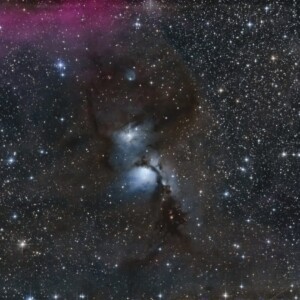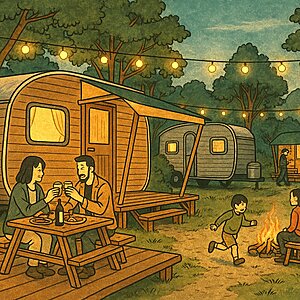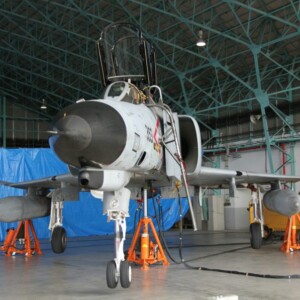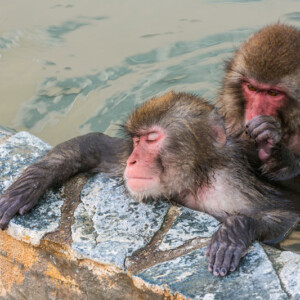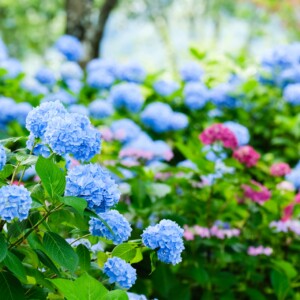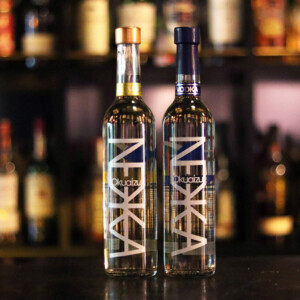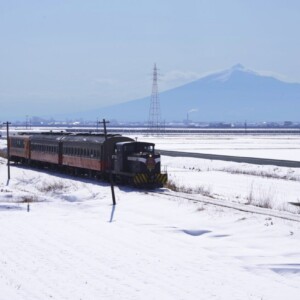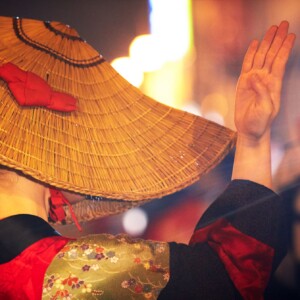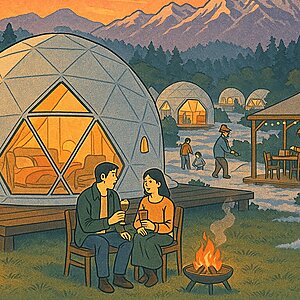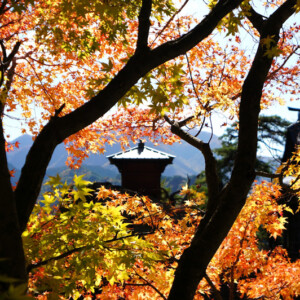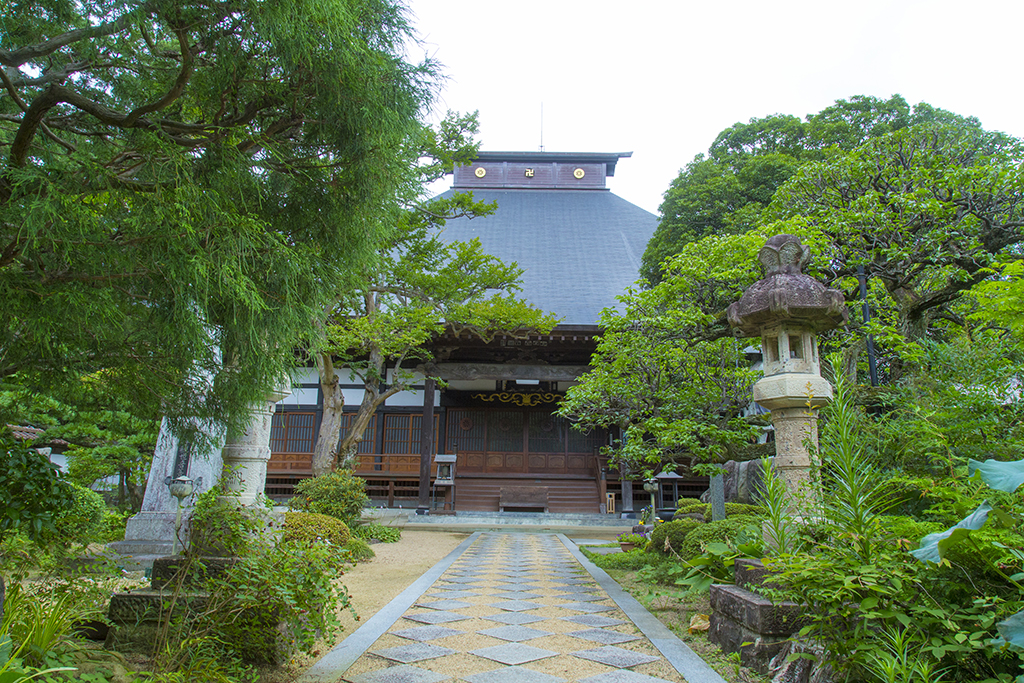
From Iwaya in Kurotsuka to Bunchisuriishi. Matsuo Basho visited the legendary rock [Fukushima Prefecture]
table of contents
- 1 Tadakuni Honda moved from Koriyama Domain in Nara to Fukushima and became the first lord of the Fukushima Domain
- 2 Matsuo Basho visited the Kurozuka Cave from Sukagawa-juku and headed to Fukushima-juku
- 3 Kurozuka Cave in Adachihara, where the legend of the demon hag remains
- 4 Basho wrote this poem after seeing the "Shinobu Moji Printing Stone," which tells the story of a tragic love:
- 5 Basho was moved to tears when he visited the remains of the Genji clan in Iizaka
- 6 Iizaka Onsen was not a good memory for Basho and his party
At the end of the Sengoku period, Fukushima (Fukushima City) came into the possession of Uesugi Kagekatsu (1556-1623), who ruled the Aizu region at the time, but until then it had been the territory of Date Masamune (1567-1636)
Masamune was late to join the Battle of Odawara (1590), in which Toyotomi Hideyoshi (1537-1598) attacked the Hojo clan in an attempt to unify Japan, which incurred Hideyoshi's wrath and led to him being expelled from Fukushima (Oshu Punishment, 1590)
Masamune, who wanted to reclaim Fukushima, launched relentless attacks on Kagekatsu, but was unable to mount a counterattack and was defeated in the Battle of Mt. Shinobu in 1600 (the Battle of Matsukawa). He then fled to Sendai (Miyagi Prefecture) and built a castle here
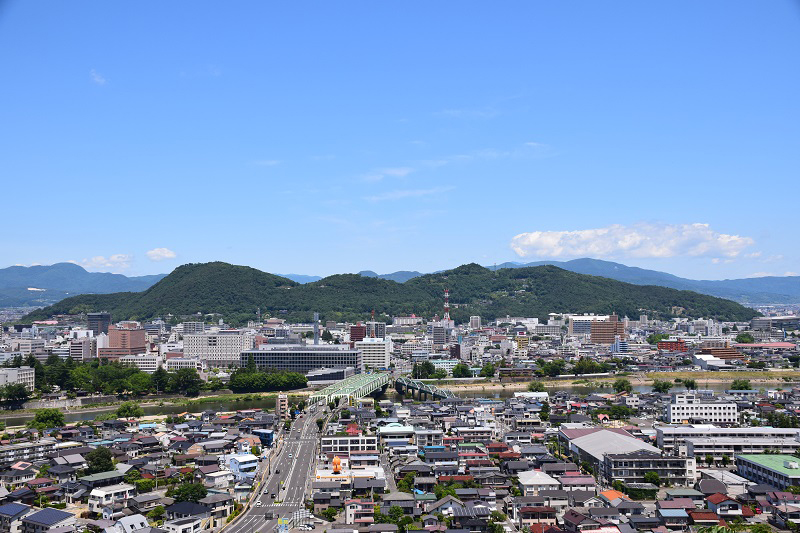
Tadakuni Honda moved from Koriyama Domain in Nara to Fukushima and became the first lord of the Fukushima Domain
In Fukushima, Uesugi Kagekatsu, who was on Hideyoshi's side in the Battle of Sekigahara (1600), was ordered by the victor, Tokugawa Ieyasu, to move to Yonezawa (Yamagata Prefecture) and have his land reduced in 1601. With its lord gone, Fukushima was under direct control of the Edo Shogunate until 1679, when Honda Tadakuni (1666-1704), the young 12-year-old adopted son of Honda Masanaga (1633-1679), lord of Koriyama Domain in Nara, moved there from Koriyama, Nara, and the Fukushima Domain was established
After the establishment of the Fukushima Domain, Fukushima developed as a castle town and a post town on the Oshu Kaido road
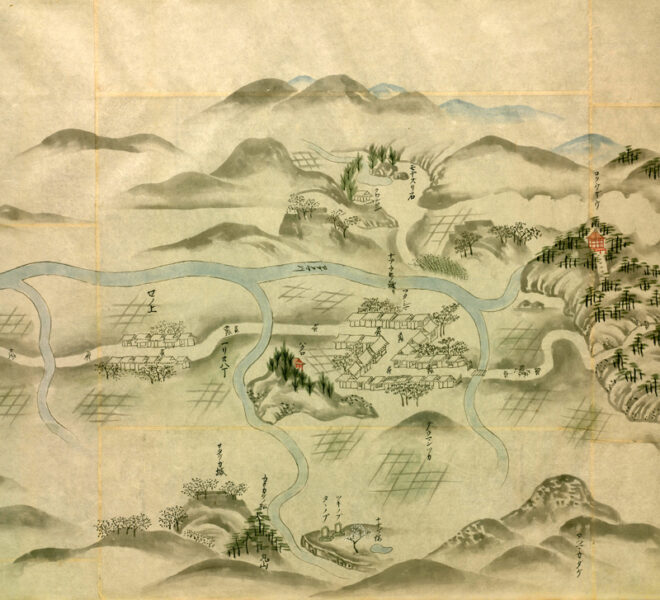
Matsuo Basho visited the Kurozuka Cave from Sukagawa-juku and headed to Fukushima-juku
In "Oku no Hosomichi" (The Narrow Road to the Deep North), Matsuo Basho, traveling north from Kita-Senju in Edo along the Oshu Kaido road with his disciple Sora, visited Fukushima-juku in 1689
Basho and his party entered Mutsu Province (Tohoku region) on June 8th, 1689 (solar calendar), and after visiting Shirakawa Barrier, stayed at the home of an acquaintance in Sukagawa-juku (Sukagawa City) for eight days. During their stay, they visited the famous Otsujigataki Falls (Tamagawa Village) and other places, before leaving for Fukushima-juku on June 16th
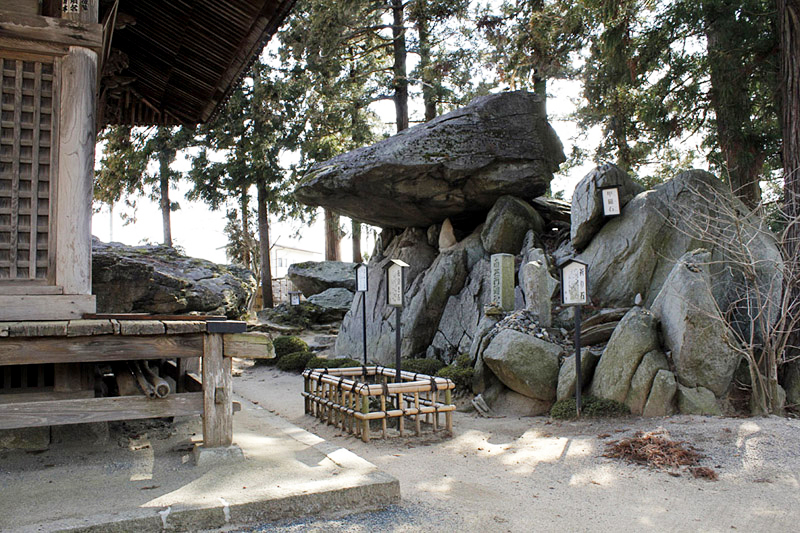
On the way, they visited Kurozuka Cave in Nihonmatsu Castle Town (Nihonmatsu City), and arrived in Fukushima-juku on June 17th in the Gregorian calendar
Kurozuka Cave in Adachihara, where the legend of the demon hag remains
"Kurozuka Cave" is a historical site that appears in a story related to "Kanzeji Temple" in Adachigahara, Nihonmatsu City, and is known as "Adachigahara" (or "Kurozuka" in the Hōshō/Kanze schools of Noh)
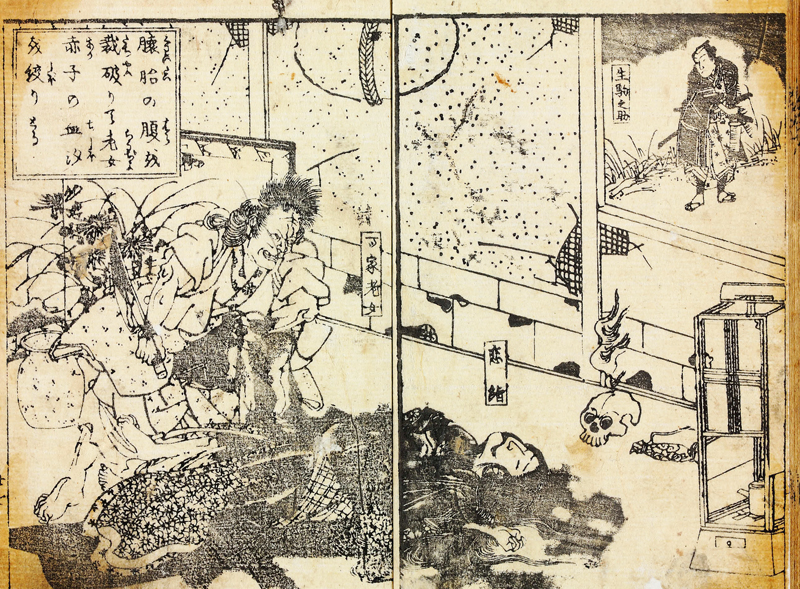
Kurozuka Cave is a complex pile of huge rocks said to be the home of an onibaba, and is located within the grounds of Kanzeji Temple, which is associated with the Tale of Adachigahara. A short distance away along the Abukuma River is Kurozuka, which is said to be the grave where the onibaba was buried after her death
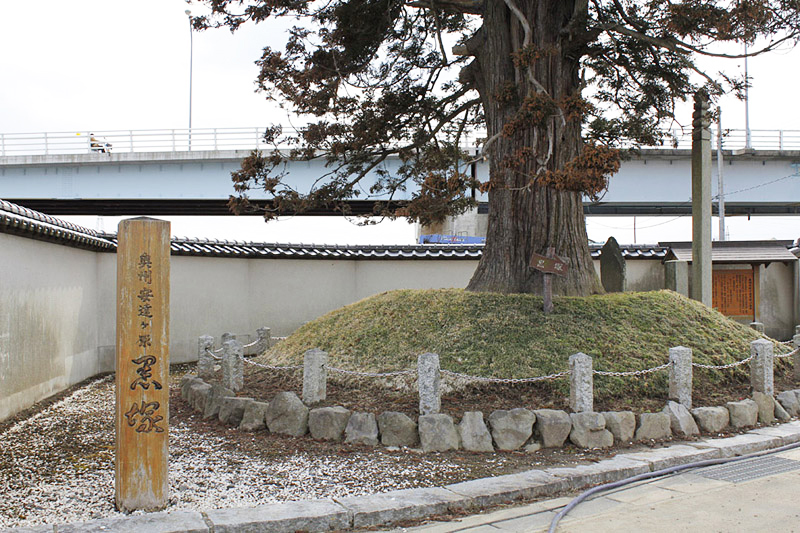
Kurozuka Cave <Information>
- Facility name: Kurozuka Cave (Kanzeji Temple)
- Address: 4-126 Adachigahara, Nihonmatsu City, Fukushima Prefecture
- Phone number: 0243-22-0797
- Visiting hours: 9:00-16:30
- Closed: Irregular holidays
- Admission fee: Adults 400 yen, Children 500 yen
- URL: Kurozuka Cave (Kanzeji Temple)
- Facility name: Kurozuka
- Address: Adachigahara 4-chome, Nihonmatsu City, Fukushima Prefecture
- Phone number: 0243-55-5122 (Nihonmatsu City Tourism Association)
- Visit: Free
- URL: Kurozuka
Google Map
Basho wrote this poem after seeing the "Shinobu Moji Printing Stone," which tells the story of a tragic love:
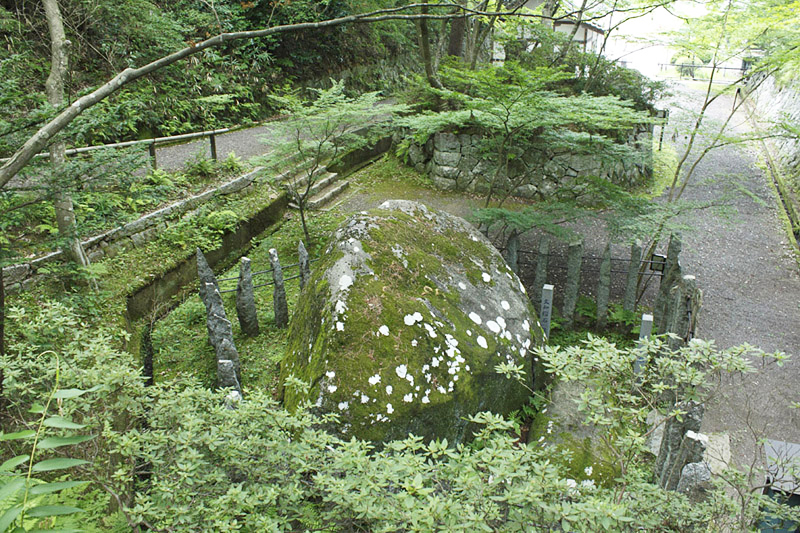
After arriving in Fukushima, Basho and his companions visited the Shinobu Moji Suri Stone, known as a Utamakura (a famous spot from the Nara and Heian periods)
"Mochizuriishi" is a poem by Minamoto no Toru in the Ogura Hyakunin Isshu
"The Michinoku region is a place where people are hiding, and for some reason I have become so confused."
(Like the faded and disheveled patterns of the Shinobi Mojizuri garments woven in Mutsu, who is the cause of my heart becoming confused? It's not my fault, but "it's your fault.")
It is known for this love poem, and it is said that Basho was also interested in the tragic love story between Minamoto no Toru and Torajo, the daughter of a wealthy man in Fukushima
However, the "Bunchi Suriishi" that Basho saw was half buried in the ground and looked a little different from the legend. A local child who happened to be there told him, "This stone fell from the cliff," which seemed to disappoint him
"Sanae in the hands of a stencil artist, a nostalgic print"
With this, Basho left behind a poem that recalled "Shinobusuri," a type of dyed cloth that was no longer made by anyone in the Edo period, and headed to his next destination, Iizaka Onsen (written as "Iizuka" by Basho)

"Shinobusuri (Bunchizuri)" is a unique dyeing technique handed down in Fukushima that involves placing a cloth on a stone with a unique pattern and rubbing the leaves and stems of Shinobugusa (a plant of the fern family) on top to dye it, but it fell out of use before the Edo period. "Bunchizuri stone" is the stone used to dye "Shinobusuri" and is also called "Kagami stone."
The meaning of the phrase
"Shinobu-zuri has fallen out of fashion, but the way the young girls pick the seedlings (in the fields) brings to mind the days when they used to make Shinobu-zuri."
So, the content does not touch on the legend at all
The "Monchi Suriishi" is located within the grounds of the "Monchi Suri Kannon" (Fumon-in Temple) and is open to the public
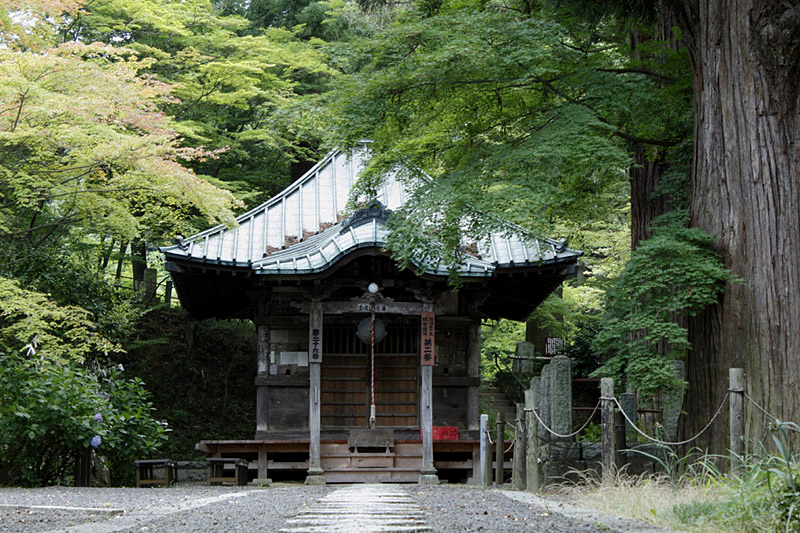
Bunchizuri Kannon (Fumon-in) is a scenic spot designated as a historic site and scenic spot in Fukushima City. In addition to the Bunchizuriishi, it is home to the Kannon Hall, a pagoda designated as an Important Cultural Property of Fukushima Prefecture, a Basho haiku monument, and a museum (fees apply). It is the second temple of the Thirty-three Shintatsu Kannon pilgrimage
Fumonin <Information>
- Facility name: Fumon-in (Monchizuri Kannon)
- Address: 70 Yamaguchi Mojizuri, Fukushima City, Fukushima Prefecture
- Phone number: 024-535-1471
- Visiting hours: 9:00-17:00 (until 16:00 in winter)
- Closed: Open everyday (only the museum is closed from January 1st to 3rd)
- Admission fee: Free to wander around the grounds
- Museum admission fee: Adults 200 yen, Children 100 yen
- URL: Bunchizuri Kannon (Fumon-in Temple)
Google Map
Basho was moved to tears when he visited the remains of the Genji clan in Iizaka
After leaving Bunchi Suriishi, Basho left Fukushima-juku on the Oshu Kaido road, then turned off slightly from Senoue-juku (Fukushima City) and headed towards Iizaka Onsen
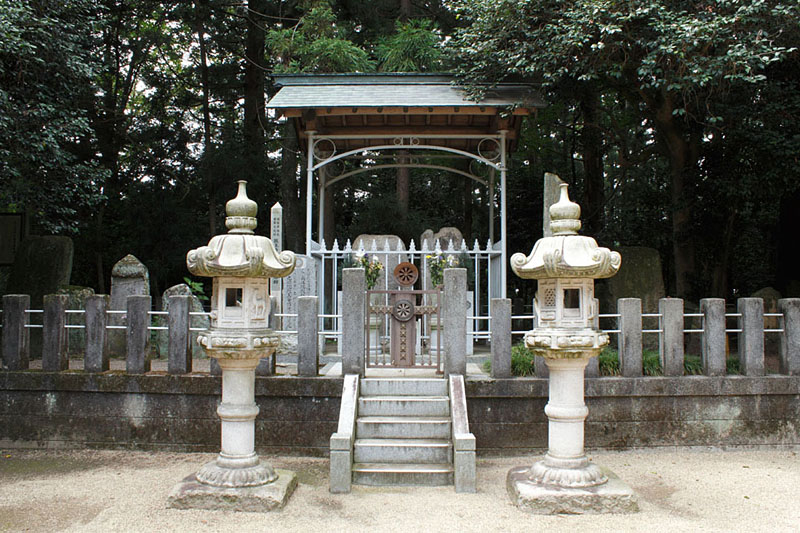
Along the way, I visited the remains of the mansion of Motoharu (also known as Shoji), the father of the Sato brothers Tsugunobu and Tadanobu, who were vassals of Minamoto no Yoshitsune and fought hard in the Genpei War, as well as the graves of the Sato brothers and their wives at the brothers' temple, Ioji Temple, and was moved to tears by the sadness of the scene
At Ioji Temple, I saw the temple treasures "Yoshitsune's sword and Benkei's obi (a backpack for carrying sutras etc.)" and since I visited on May 1st (May 2nd?) of the lunar calendar,
"Paper flags decorate your backpack and sword in May"
(For the May festival, we would like you to display a sword and a leash along with the paper flags.)
He wrote the following poem:
*Kami nobori are paper flags that are displayed during the May festival
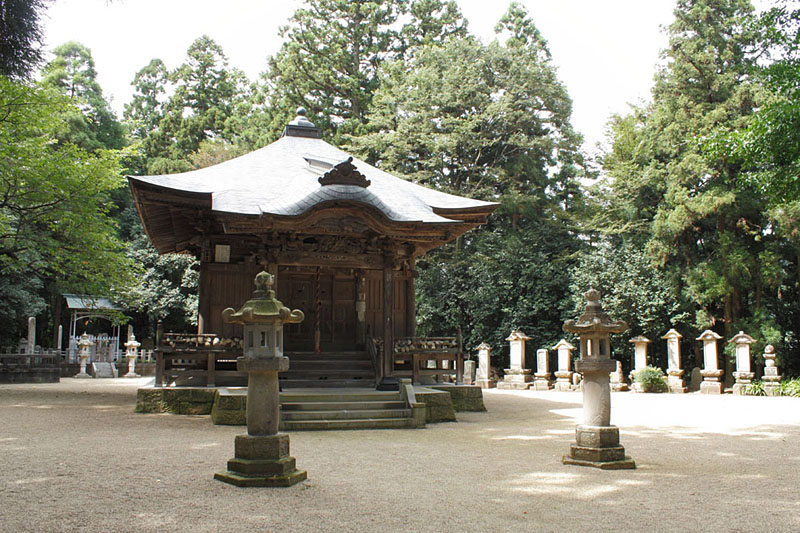
Ioji Temple <Information>
- Facility name: Ioji Temple
- Address: 45 Teramae, Hirano, Iizaka-cho, Fukushima City, Fukushima Prefecture
- Phone number: 024-542-3797
- Admission fee: Adults (18 years and over) 300 yen
- URL: Ioji Temple
Google Map
Iizaka Onsen was not a good memory for Basho and his party
After leaving Iouji Temple, the group went to Iizuka Onsen and stayed the night. They enjoyed the hot springs, but the inn was terrible. The beds were just straw mats laid out on the dirt floor, and unfortunately it leaked because of the rain. They also complained that they couldn't sleep because of the itchy flea and mosquito bites
The next morning, Basho and his party left Iizaka Onsen early and set off on horseback again for Koori-juku (Kori-cho) on the Ou Kaido road






![[Fukushima Prefecture] Have an impressive “peaches” experience! Introducing recommended direct sales stores and varieties recommended by locals 1198339_m](https://jp.neft.asia/wp-content/uploads/2024/07/1198339_m-150x150.jpg)
![Altitude of 1,600 meters. The closest to the star in Japan, the Jodohira Observatory [Fukushima Prefecture] 3867650_m](https://jp.neft.asia/wp-content/uploads/2022/07/3867650_m-150x150.jpg)
![[Fukushima Prefecture] 5 Famous Waters in Fukushima Prefecture! Delicious water that supports the recovery of “Utsukushima Fukushima”! Ukon Seisui](https://jp.neft.asia/wp-content/uploads/2023/02/8606bd2d94c5420d999758fe4de7a638-150x150.jpg)
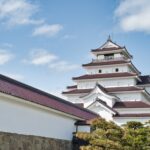
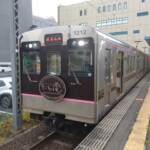
![[Fukushima City, Fukushima Prefecture] Fukushima Prefecture’s cultural asset “Fukushima Civic House Garden” that should be preserved for future generations 8c11851463ddede5f0cfc680bb3adce6](https://jp.neft.asia/wp-content/uploads/2022/05/8c11851463ddede5f0cfc680bb3adce6-150x150.jpg)
![Date Harumune's grave and his figure at Hoshuji Temple in Fukushima City [Fukushima Prefecture] Harumune Date, a portrait of the Sendai City Museum](https://jp.neft.asia/wp-content/uploads/2025/01/Date_Harumune-150x150.jpg)
![What kind of bird is the "Nicknamed Narcissus Flycatcher"? Where can you see this wild bird that has become the prefecture's official mascot? [Fukushima Prefecture] 26734541_m](https://jp.neft.asia/wp-content/uploads/2025/03/26734541_m-150x150.jpg)
